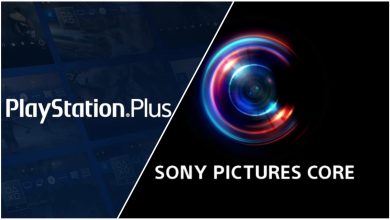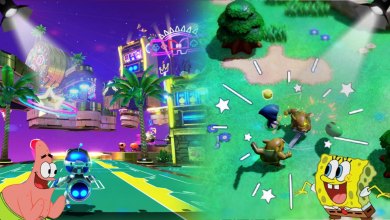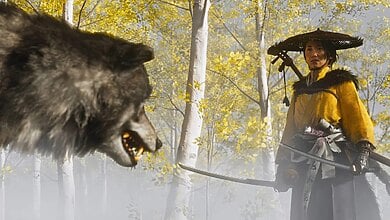
Story Highlights
- Sony has published a new patent that explores adding a real-time projection system, which will show the past gameplay of players into an overlay during your current session.
- The past gameplay could be the player's personal attempt or taken from other users that can be imposed in real-time to help guide players through missions and such.
- The patent can be implemented both in 2D and 3D games. In 3D, it can render projections of avatars from a past gameplay attempt in real-time in the current round.
- The players will not have to pause or leave current games, like in methods used today, to see the static scores and find how to play a certain part of the title.
We have recently stumbled upon a new patent published by Sony that seeks to solve how static current scoring systems can be in video games by providing a real-time, detailed, and easily accessible system. The patent dubbed "GHOST COMPARISON MODE" elaborates on various aspects of the ghost projection method.
It wants to ensure that players can easily compare the details or recordings of past gameplay with the current session without having to leave or pause the game to have a better measure of comparison. Sony argues that the present game datasets, like video recordings, scores, status changes, trophies, achievements, and the sort, do not provide a real-time comparison between the current and past game sessions within the game.
Thus, it provides a solution to resolve the impediment that will help users compare the current session with their or others' past attempts in a more simple and real-time manner for increased effectiveness.
Therefore, there is a need to provide a service that provides an overlay in a current gameplay session, wherein the overlap includes a ghost projection associated with a past gameplay session that align based on common synch points across the current and past gameplay sessions."
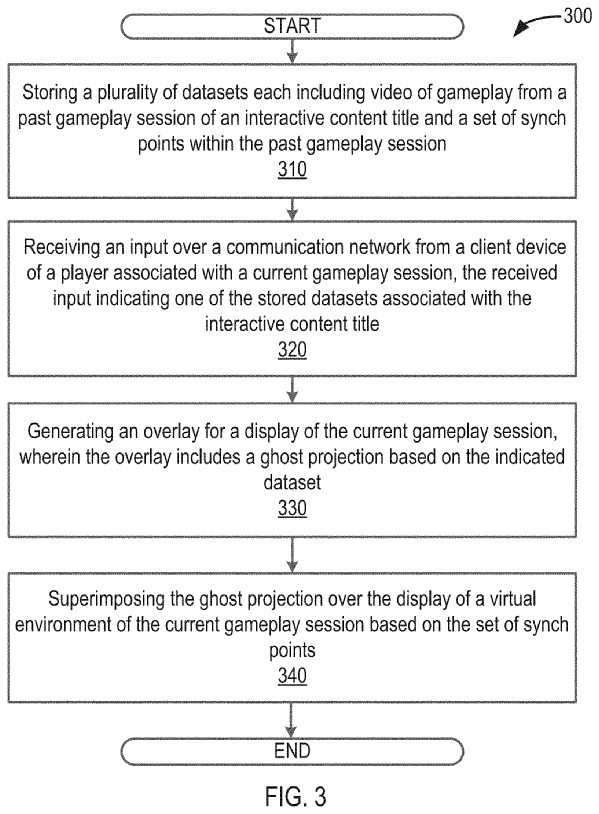
The patent by Sony talks about the overlay method, which can show "at least a part of gameplay from a past gameplay session of an interactive content title." The ghost projections will be created based on the aforesaid datasets used by the games. Regardless, it brings a slew of parameters that can be selected by the players of a game to ensure only specified data is shown.
For example, the player may have searched for, watched, or been recommended certain media files associated with past gameplay sessions, as well as bookmarked or otherwise designated certain gameplay sessions to use for on-screen comparisons. The media files of the bookmarked or designated gameplay sessions may therefore be saved to a user profile of the player and presented as a menu to the player at the start or during the current gameplay session," clarifies the patent.

The in-game factors that could directly be chosen may include, "experience level, skill level, duration of time spent at the identified in-game point as being of interest," and the like. Sony also articulates a method to help gamers in completing missions by analyzing the ghost projections of past gameplays of other users. It will aid the current player by giving visual cues.
By suggesting that the player play that same past mission, but with a ghost projection indicative of their past gameplay, the player may be given visual hints as to where and when the player needed to improve their gameplay to meet or beat their previous gameplay session."
The proposed system in the Sony patent can be integrated both in a 2D and 3D virtual environment, as explicitly stated. The integration in a 2D title would be much simpler; it will sync the current and past gameplay sessions and provide timestamps describing certain points of gameplay. However, the prospect is greatly enhanced for a 3D entry by rendering the avatar and the whole environment.
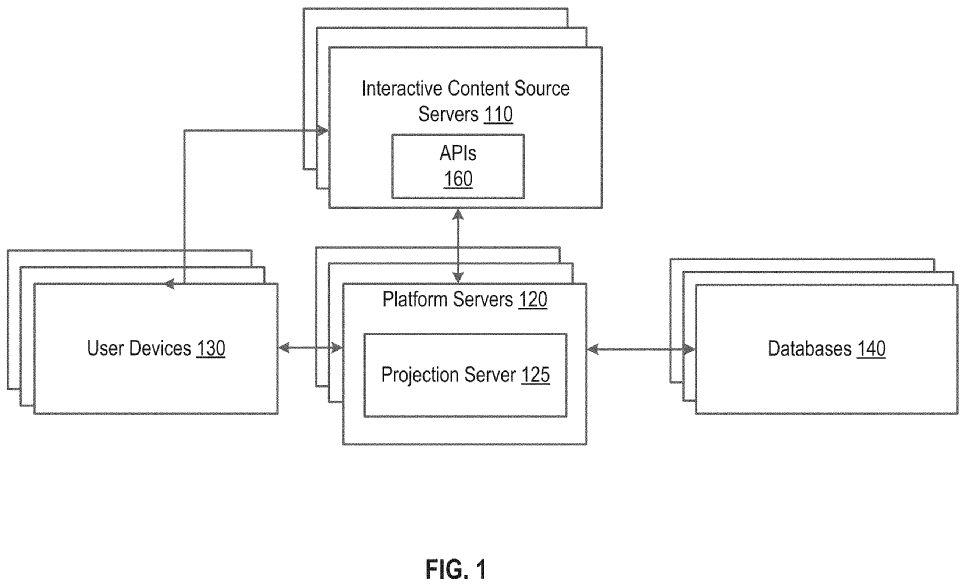
For a 3D environment, the datasets associated with the past gameplay session may be sufficient to generate a complete 3D rendering of the controlled character and changes or effects to NPCs and the virtual environment based on actions of the controlled character. As such, an angle of display in the current gameplay session may be different from that of the past gameplay session."
The proposed system by Sony will likely work like something out of Elden Ring that lets us see where the past players have died in a certain spot. However, it is quite a big upgrade in tech. It could revolutionize the games by letting players easily access past gameplay attempts in an overlay without the need to stop gameplay. It could let us analyze our or others' past gameplay sessions at any point while playing to improve our skills.
With a slew of Sony patents exploring ways to improve gameplay, it is also toiling hard to foray into the NFT market for its future entries. It recently published a patent that treks the concept of predicting the value of your NFTs in games using AI.
Similar Reads: CS: GO Crosses 1.5 Million Concurrent Steam Players, Beats Its Own Record.
Thanks! Do share your feedback with us. ⚡
How can we make this post better? Your help would be appreciated. ✍
